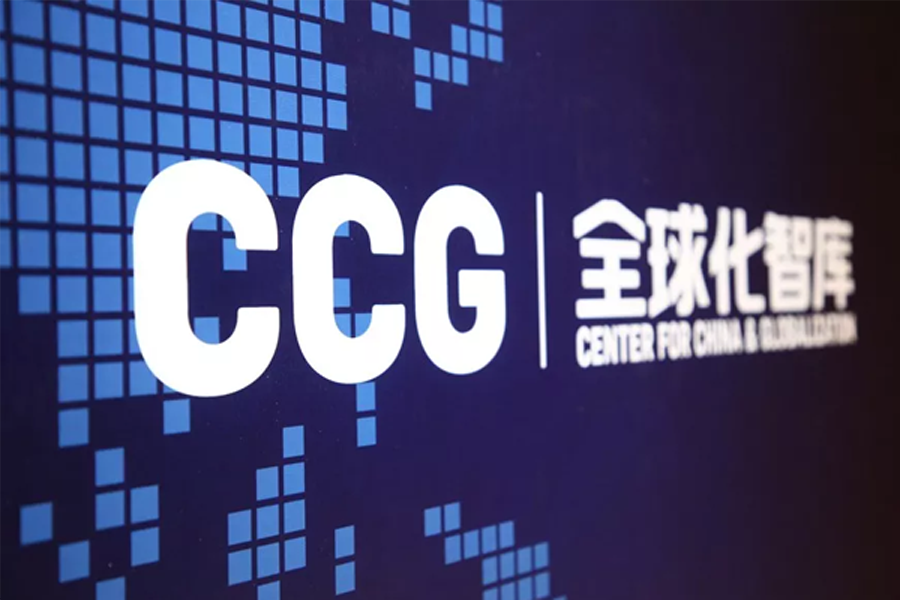‘China speed’ makes it a valuable partner for Latin America
2018年7月20日‘China speed’ makes it a valuable partner for Latin America on infrastructure

China can work with Latin America on infrastructure
The international trading system is going through turbulent times. Long established standards are being challenged. What until recently seemed platitudinous – like the notion that a rules-based order was in the interests of all – is now being questioned. Global supply chains are being disrupted, and we are moving into tit-for-tat trade skirmishes that feed on themselves. We all know how these spats start; what we don’t know is how they end. In such circumstances, it is best to keep one’s eye on the ball, and not be distracted by all the noise that accompanies such developments.
China has just proposed to the EU a joint undertaking in defense of free trade and a rules-based system. Given the volatility of markets, this is all to the good. Anchors of stability are badly needed in such stormy seas. Across the Pacific, Latin American countries are also bracing themselves to deal with this rough patch, and their links with China will be key to overcoming it. What is important now is to keep a steady hand and continue to guide those links in the right direction.
The official data for 2017 is now coming out and it conveys a mixed picture. The good news is that, according to the United Nations Economic Commission for Latin America and the Caribbean (ECLAC), Latin America’s exports grew 12.8 percent in 2017 after four years of negative growth. Increased demand for commodities and higher prices for them are behind this. Not surprisingly, regional exports to China rose the most – 29.1 percent, versus 21.4 percent to the rest of Asia, 10.2 percent to the EU, 8.6 percent to the US, and 10 percent intra-regionally. The overall figure for Sino-LAC trade in 2017 is a near-record $266 billion, the highest since 2013.
This should be welcome, and is proof positive that trade between China and the region – which had stalled when the commodities super-cycle came to an end – is now recovering its earlier impetus. That said, the bad news is that Chinese foreign direct investment (FDI) in the region, another important driver of Sino-LAC links, is not just stalling, but falling. According to ECLAC, in 2017 overall FDI into the region fell for a third year in a row, reaching $161.673 billion, 3.6 percent less than in 2016, and 20 percent below the figure for 2011. This is part and parcel of the overall decline of FDI globally, which fell by 23 percent in 2017.
There are various reasons for this decline, in the context of healthy global growth (3.2 percent). Even after the partial recovery of commodity prices, installed capacity, especially in the mining sector, is still sufficient and does not need a major upgrade. The digitalization of the economy also entails less investment in brick-and-mortar entities abroad. But in the case of China, whose overall outward direct investment (ODI) fell sharply in 2017 compared to 2016, this is also due to government policy.
In some sectors Chinese companies are actively incentivized to invest abroad. These include those related to the Belt and Road initiative, like energy, infrastructure and public services. On the other hand, China discourages ODI in sensitive countries and regions and in sectors such as real estate, entertainment and sports, or in investment funds with no specific business projects.
As it happens, there is a strong overlap between Chinese priorities and Latin American ones. Most countries in the region have embraced export-led development as the key to economic growth, and the distance to the world’s main export markets remains a key issue. Logistics and transport should thus be, one would think, at the very top of the policy agenda. Yet it is not.
In fact, Latin America is the region that spends the least – a mere 2.5 percent of GDP – in infrastructure development, except for Sub-Saharan Africa. As The Economist has pointed out, more than 60 percent of the region’s roads are unpaved. Transporting goods from Paraguay or the northern provinces of Argentina to the port of Buenos Aires can take longer than from Buenos Aires to their final port of destination, Rotterdam. Among OECD member countries, transport and logistics costs average about 8 percent per unit of exports, but in Latin America this averages from 13 to 17 percent, making its products less competitive. Logistics are so bad that packages can take from 45 to 60 days to reach customers, putting a major dampener on e-commerce and triggering growing consumer dissatisfaction.
If there is one thing that would radically enhance the region’s productivity and its competitiveness, it would be a massive investment in infrastructure. This is especially true for intraregional connectivity, of which there is precious little, particularly in the vast South American land mass, which features enormous distances, some of the highest mountains, deepest jungles and longest and broadest rivers anywhere. It is especially true of the so-called bi-oceanic corridors, that would connect the Atlantic and the Pacific, making it easier to reach the vast Asian markets in general and the Chinese one in particular.
As the initial phase of Chinese investment in Latin America, mostly in natural resources, peters out, the next one ought to be in infrastructure such as railways, bridges, ports and urban transport, allowing workers to get to their work places more quickly. China has many advantages in this regard – not just capital, technology and experienced construction companies, but also “China speed.”
Jorge Heine The author is a public policy fellow at the Wilson Center in Washington DC, a non-resident senior fellow at the Center for China and Globalization in Beijing and a former Chilean ambassador to China.

Jorge Heine, a non-resident senior fellow at the Center for China and Globalization(CCG) , an independent think tank based in Beijing, and a former ambassador of Chile to China.
From Global Times,2018-7-17





